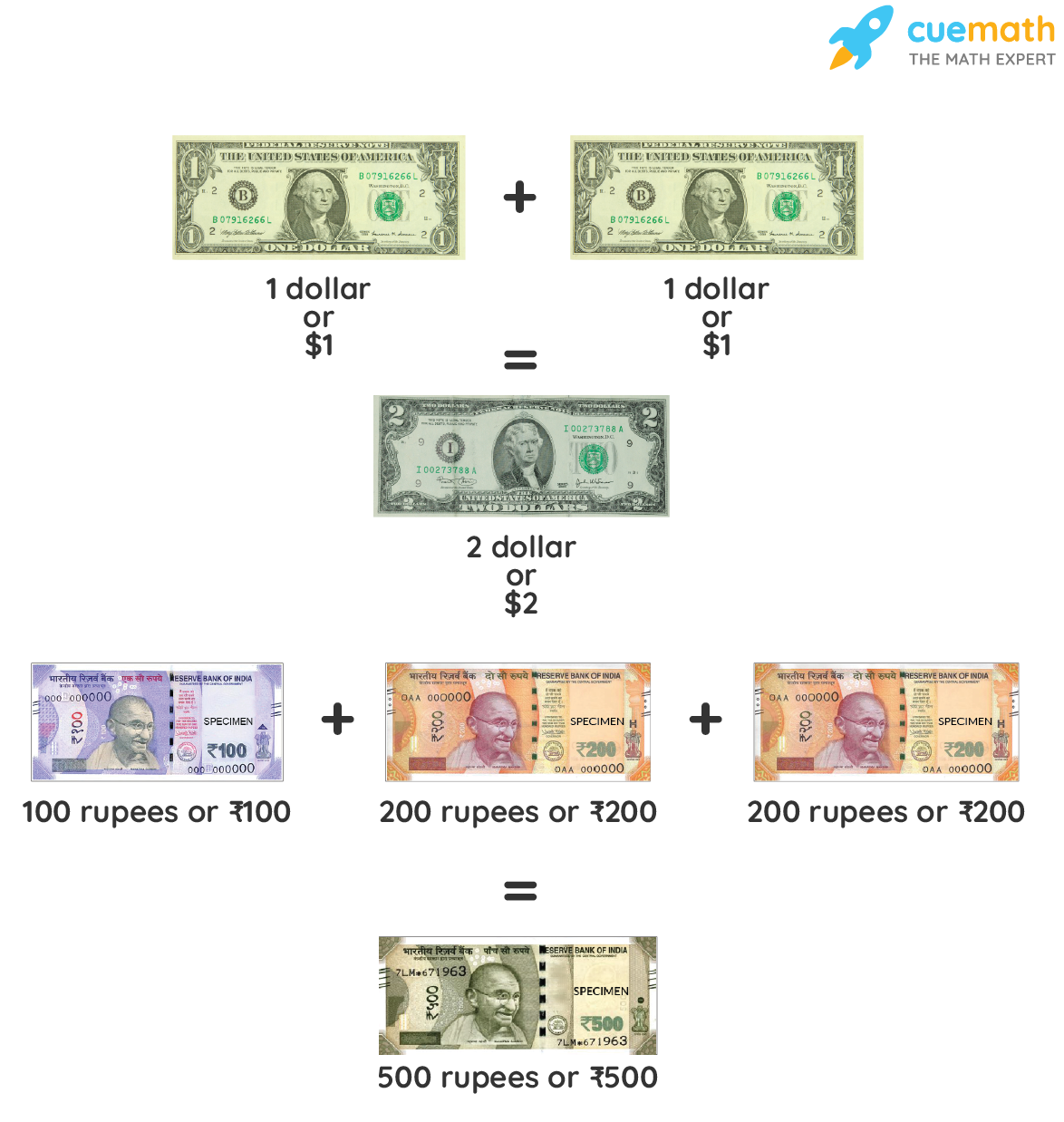COMMERCIAL MATH
Commercial Math
Commercial math deals with all those concepts that people use in their everyday life. The word commercial itself means the economical world or something relating to buying or selling. It involves the concept of profit and loss, discounts, marked price, simple and compound interest, taxes, ratio and proportion, percentages, and everything that revolved around money. Let's learn about commercial math and all its sub-branches in math in detail in this lesson.
Introduction to Commercial Math
Commercial math focuses on those aspects of mathematics that are used in everyday life. Consider an example; Eva, your friend goes to a stationary shop to buy a notebook. The shopkeeper tells her that 12 notebooks will cost $200. She has to calculate the cost of 1 notebook. This requires an understanding of the unitary method. Let’s take another example; Ron goes to buy a cricket bat with his mother. One shop offers him a 25% discount on the bat. The other shop offers a free cricket ball with the bat. Ron wants to help his mother select the best deal. He should know how to calculate percentages and also understand the concept of discounts.
In both these examples, we make use of commercial math concepts. You can go ahead and explore all important topics in Commercial Math by selecting the topics from this list below:
| Money | Profit and Loss |
| Ratios | Simple Interest |
| Proportion | Compound Interest |
| Percentages | Discounts |
| Unitary Method | Taxes |
Money
Money is what makes the world go round, and mathematics is the centripetal force that governs it. From simple transactions to banking, taxes, and discounts, everything that involves money, involves math! Money is a medium of exchange. We pay coins and notes in order to get services and commodities. You can now learn more about the process of identifying denominations and the concept of decomposing money.
All transactions are done using the country’s system of money i.e. currency. Money is something that we all interact with in some way on a daily basis and we end up falling back on our math skills to handle that money reliably.

Ratio
A ratio tells us how much of the proportion of one thing to the other. The sequence (or order) in which the numbers in a ratio are written matters. The ratio is defined as the relation between the quantities of two or more objects and it indicates the amount of one object contained in the other. It is written in the form of a:b, where the first term, i.e 'a' is known as antecedent and the second term, i.e 'b' is known as consequent. Let's go ahead and learn about the concept of Ratios.
Example: 1 tablespoon of lemon concentrate+ 5 tablespoon of water = a perfect lemonade. The ratio to get a perfect lemonade can be expressed as Lemon Concentrate: Water = 1:5.
Proportion
When two ratios are equivalent, they are said to be in proportion. Proportion is a mathematical comparison between two numbers. According to proportion, if two sets of given numbers are increasing or decreasing in the same ratio, then the ratios are said to be directly proportional to each other. Proportions are denoted using the symbol "::" or "=". Check out the examples of Proportion to understand the concept better.
Example: 1:3 and 9:27 are equivalent ratios. They are in proportion. It is represented as 1:3::9:27. And is read as 1 is to 3 as 9 is to 27.
Percentages
The percentage is defined as a given part or amount in every hundred. It is a fraction with 100 as the denominator and is represented by the symbol "%". The percentage is a fraction or a ratio in which the value of the whole is always 100. For example, if Sam scored 30% marks on his math test, it means that he scored 30 marks out of 100. It is written as 30/100 in the fraction form and 30:100 in terms of ratio. Percent means “out of 100”. If 20 out of 100 boxes are shaded, then we say that 20 percent or 20 of the boxes are shaded. You can now learn how to calculate Percentages and their applications with the help of examples.
Example: What is 30% of 750?
Solution: 30% of 750 = (30/100) × 750 = 225.
Unitary Method
The unitary method, in essence, is all about finding the “per unit value”. The unitary method is a technique for solving a problem by first finding the value of a single unit, and then finding the necessary value by multiplying the single unit value.
Comments
Post a Comment